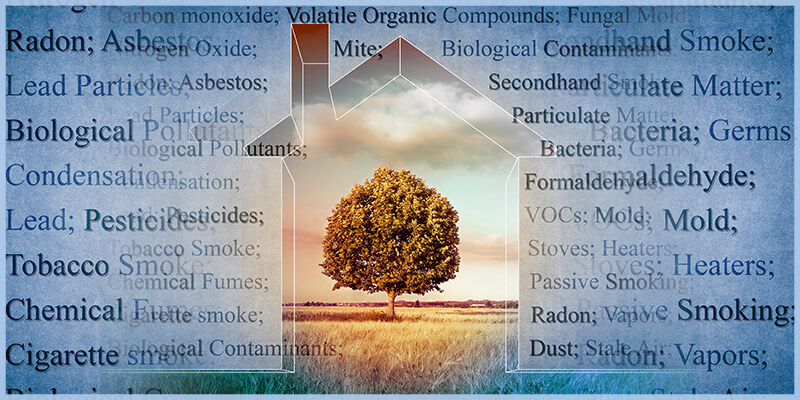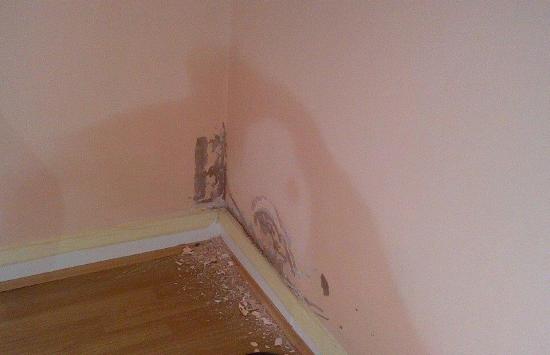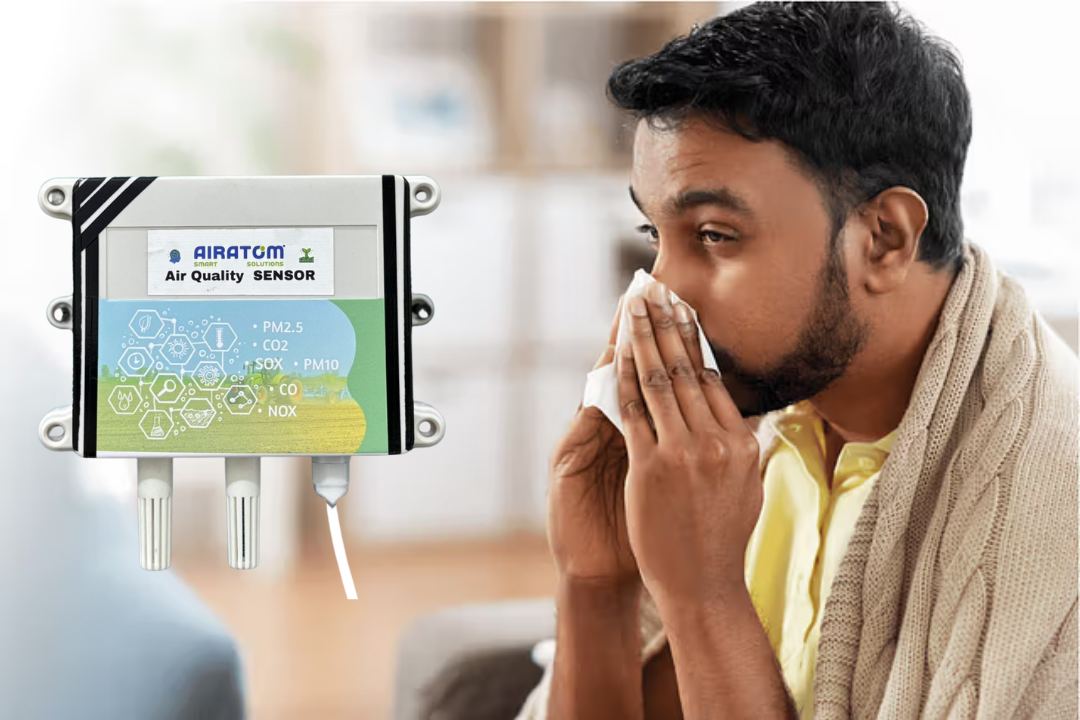
Do You Also Think Air Pollution Is Only a Winter Problem? Think Again ! Because air quality during monsoon can be worse.
When we talk about air pollution, most people picture smog-filled skies and grey winter mornings. In cities like Delhi, Gurugram, and Noida, air quality headlines dominate the news every year as the temperature drops. But what if we told you that the real danger to your health might be creeping in during a completely different season — the monsoon?
It’s easy to assume that rainy weather means cleaner air. After all, rain washes dust off streets and freshens up the environment. But here’s the catch: that cleansing effect only applies to outdoor air — and only briefly. Inside your home, the monsoon brings a completely different air quality crisis, one that’s invisible, persistent, and often ignored.
With rising humidity, poor ventilation, and increased mold growth, indoor air pollution during monsoon can quietly reach harmful levels. Unlike the visible smog of winter, this pollution hides in your bedroom walls, your furniture, and even your air conditioning ducts — making it harder to detect and more dangerous over time.
If you’ve ever noticed a musty smell in your home during rainy days or felt more fatigued, sneezy, or congested, you’re already experiencing the effects. And yet, very few people consider using an air quality monitor for their home during the monsoon.
It’s time to change that. Because when it comes to clean, healthy air, the rainy season could be your home’s most overlooked threat.
The Monsoon Myth: Is Air Really Cleaner During the Rainy Season?

Did you know? Studies have shown that indoor PM2.5 levels during monsoon in Indian cities can remain higher than WHO-recommended limits — especially in poorly ventilated space
Additionally, most homes and buildings are sealed tightly during monsoon to prevent rain from getting in. As a result, ventilation decreases dramatically. Windows stay shut, air movement slows down, and indoor pollutants begin to accumulate. The natural balance of airflow that helps dilute indoor toxins gets disrupted, making homes a breeding ground for pollution — ironically, right when people are spending more time inside to avoid the rain.
How Flooding and Dampness Make Things Worse?
In many Indian cities, monsoon is also synonymous with flooding. From Mumbai’s waterlogged streets to Chennai’s overflowing drains, urban flooding has become a seasonal norm. For residents, this doesn’t just mean traffic disruptions — it often leads to water entering homes, especially on lower floors or in poorly constructed buildings. Hence, poor indoor air quality during monsoon becomes everyday problem.

The rainy season brings a spike in relative humidity levels, often pushing them above 70–80%. High humidity is directly linked to the growth of biological contaminants. It also influences how certain chemicals react. For example, volatile organic compounds (VOCs) — emitted by furniture, paints, cleaning products, and plastics — are released more aggressively in warm, humid environments. So during monsoon, your indoor air may become saturated with a dangerous mix of VOCs, bacteria, mold spores, and elevated CO2 levels — even if the PM2.5 levels appear low.How Floods & Waterlogging Worsen Indoor Air Quality?
With heavy rains come floods, especially in metro cities like:
- Mumbai (waterlogged streets and damp buildings)
- Delhi NCR (basement seepage)
- Chennai & Bengaluru (drainage overflows)
When flood water enters homes or lingers nearby:
- Damp walls = mold spores
- Contaminated water = airborne bacteria
- Stagnant moisture = fungal growth on furniture, mattresses, and ceilings
These pollutants are invisible but toxic, especially for children, the old age, and those with respiratory conditions
Why Indoor Air Pollution Spikes During Monsoon?
The rainy season brings a spike in relative humidity levels, often pushing them above 70–80%. High humidity is directly linked to the growth of biological contaminants. It also influences how certain chemicals react. For example, volatile organic compounds (VOCs) — emitted by furniture, paints, cleaning products, and plastics — are released more aggressively in warm, humid environments. So during monsoon, your indoor air may become saturated with a dangerous mix of VOCs, bacteria, mold spores, and elevated CO2 levels — even if the PM2.5 levels appear low.
Why an Air Quality Monitor Is Essential During Monsoon
You can’t fix what you can’t measure — and that’s where an air quality monitor becomes critical. Especially during monsoon, when air pollution doesn’t always present itself in visible or easily detectable ways, a reliable indoor air quality monitor can help identify threats early and empower you to take action before your health is affected.
Air quality monitors designed for indoor use measure a range of parameters, including PM2.5, PM10, carbon dioxide (CO2), volatile organic compounds (VOCs), formaldehyde (HCHO), humidity, and temperature. This comprehensive data provides a real-time picture of your home’s air quality.
A good monitor doesn’t just display numbers — it gives meaningful alerts and insights. For example, a sudden rise in humidity may signal potential mold growth. Elevated VOC levels could suggest that furniture or cleaning products are releasing harmful gases. Monitoring CO2 levels can help ensure proper ventilation, especially in closed bedrooms during sleep.
Airatom smart solution: Smart Solutions for Healthier Indoor Air
At Airatom smart solution we understand the unique air quality challenges Indian homes face — especially during monsoon. Our range of smart indoor air quality monitors is built specifically for these conditions.
Why Choose Airatom smart solutions Monitors?
- Real-Time Monitoring: PM2.5, PM10, CO₂, VOCs, HCHO, Temperature, and Humidity.
- Mobile App Integration: Get alerts and suggestions on your phone.
- Accurate Laser Sensors: Industry-grade precision at home-use cost.
- Data History & Trends: Know how your air quality changes day to day.
- Compact & Stylish: Blends into any room, no bulky setup needed.

Best-sellers:
- Airatom smart solution – For smart homes & offices
- Airatom smart solution – Portable solution for travel or rented homes
- Airatom smart solution– Budget-friendly, powerful AQI tool
By pairing a Airatom smart solution monitor with a dehumidifier or air purifier, you can create a complete solution that tackles both detection and prevention, ensuring your living spaces remain safe, fresh, and healthy throughout the rainy season.
Conclusion: Don’t Wait for Winter to Care About Your Air
Air pollution isn’t just a seasonal problem, and clean air shouldn’t be treated like a luxury product for only a few months of the year. The monsoon season brings its own unique air quality challenges, most of which affect indoor spaces where we spend the majority of our time. From rising humidity and mold to poor ventilation and flood-related bacteria, indoor environments can become far more polluted during monsoon than we often realize.
Investing in an air quality monitor during monsoon isn’t just smart — it’s necessary. With real-time insights and early detection, you can take preventive steps to maintain a healthy home. And with Airatom smart solution affordable and accurate monitoring solutions, staying safe is simpler than ever.

